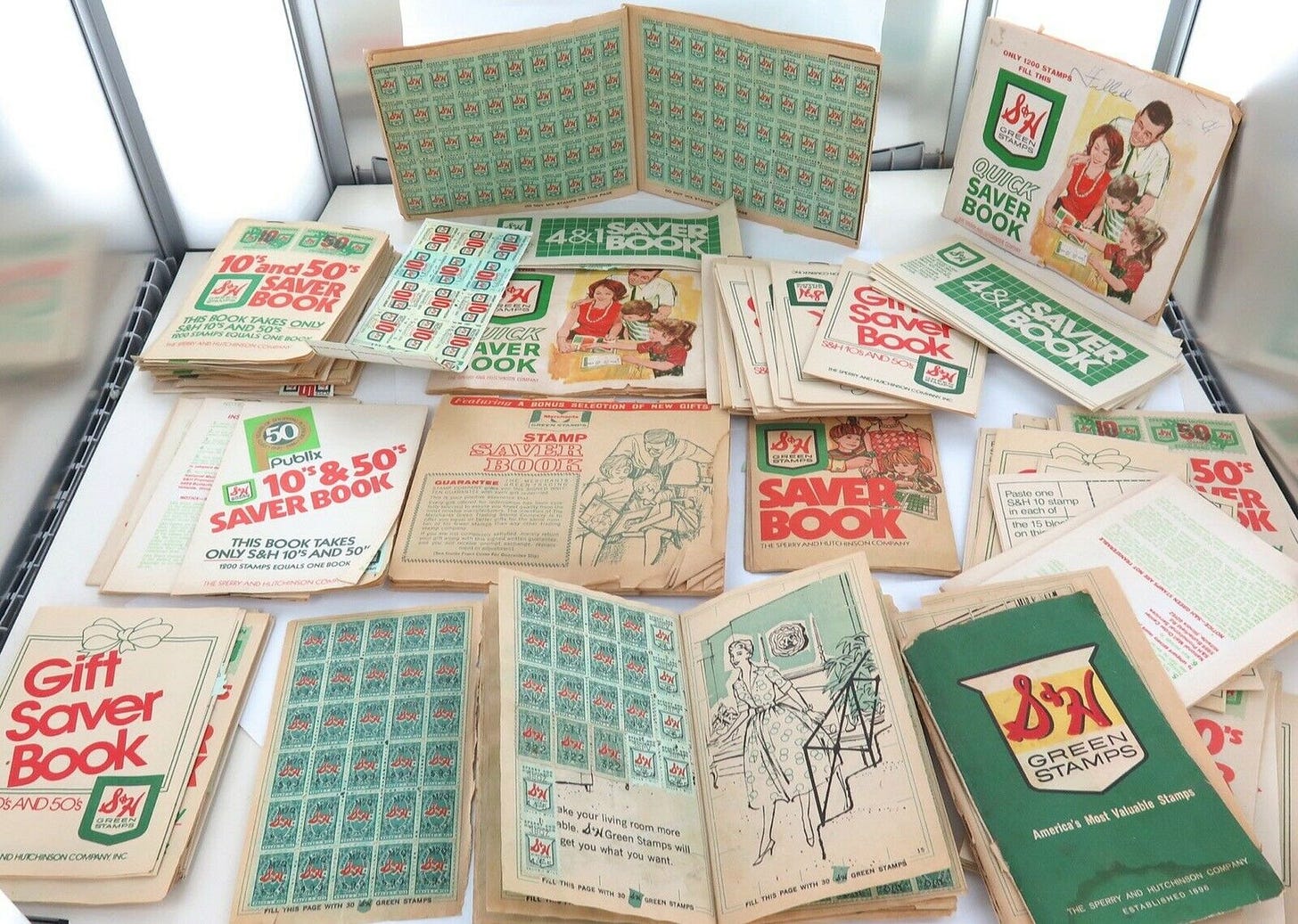Web3: The Future of Loyalty?
The state of play on Web3 loyalty, including the Web3 loyalty playbook, sector snapshot, actionable take-aways, and what's next.
Loyalty is emerging as a promising application of Web3 technology. Leading brands such as Starbucks, Lufthansa, and Lacoste have recognized this and are beginning to experiment.
Currently, over 45 start-ups are developing loyalty solutions, with some even building entire Web3 marketing platforms. Salesforce and Shopify have launched their own Web3 offerings for brands.
What has prompted some of the biggest brands to experiment with Web3-based loyalty, where do we stand, and what is its potential?
Today we’ll explore:
Why loyalty matters
Loyalty in a nutshell
The evolution of loyalty
Web3 loyalty playbook
Sector snapshot with top brands & start-ups
Actionable take-aways
What’s next
Let's unravel this.
⚡️ Grow your enterprise adoption
Building a Web3 business? 51 is your unfair advantage. We combine what and who we know to help you win.
Why Loyalty Matters
Loyalty is nothing new. In the United States, the concept dates back to the early 1800s when merchants began handing out copper coins that could be redeemed for goods or services on future visits. In the late 19th century, S&H Green Stamps emerged as a popular loyalty points system, maintaining its popularity well into the 1980s.
Loyalty is a tool that businesses use to reward and retain loyal customers. It’s designed to enhance the customer experience and build long-term relationships, ultimately benefiting both the customer and the business.
For almost every business, having loyal customers is better than having non-loyal customers.
No business can make money on customers who are chronic switchers. Loyal customers spend more, more frequently, and for longer. Here are some stats:
Keeping an existing customer is five to 25 times less expensive than acquiring a new one.
A 5% increase in customer loyalty correlates with a 25% increase in profit.
84% of consumers say they’re more likely to stick with a brand that offers a loyalty program. 3 out of 4 members of top-performing loyalty programs changed their behavior to generate more value for businesses. 64% of them are more likely to purchase more frequently.
86% of loyal customers will recommend a brand.
45% of loyal customers stay loyal, even after a bad experience.
Mature brands derive more than 85% of their growth from their most loyal customers.
McKinsey also estimates that 35% are more likely to prefer the brand over competitors, and 31% are more willing to pay a higher price to stay with the brand.
This is why businesses essentially reward repeated transactions (retention), brand engagement.
Common KPIs to measure the success of a loyalty program are
Keep reading with a 7-day free trial
Subscribe to 51 Insights to keep reading this post and get 7 days of free access to the full post archives.



